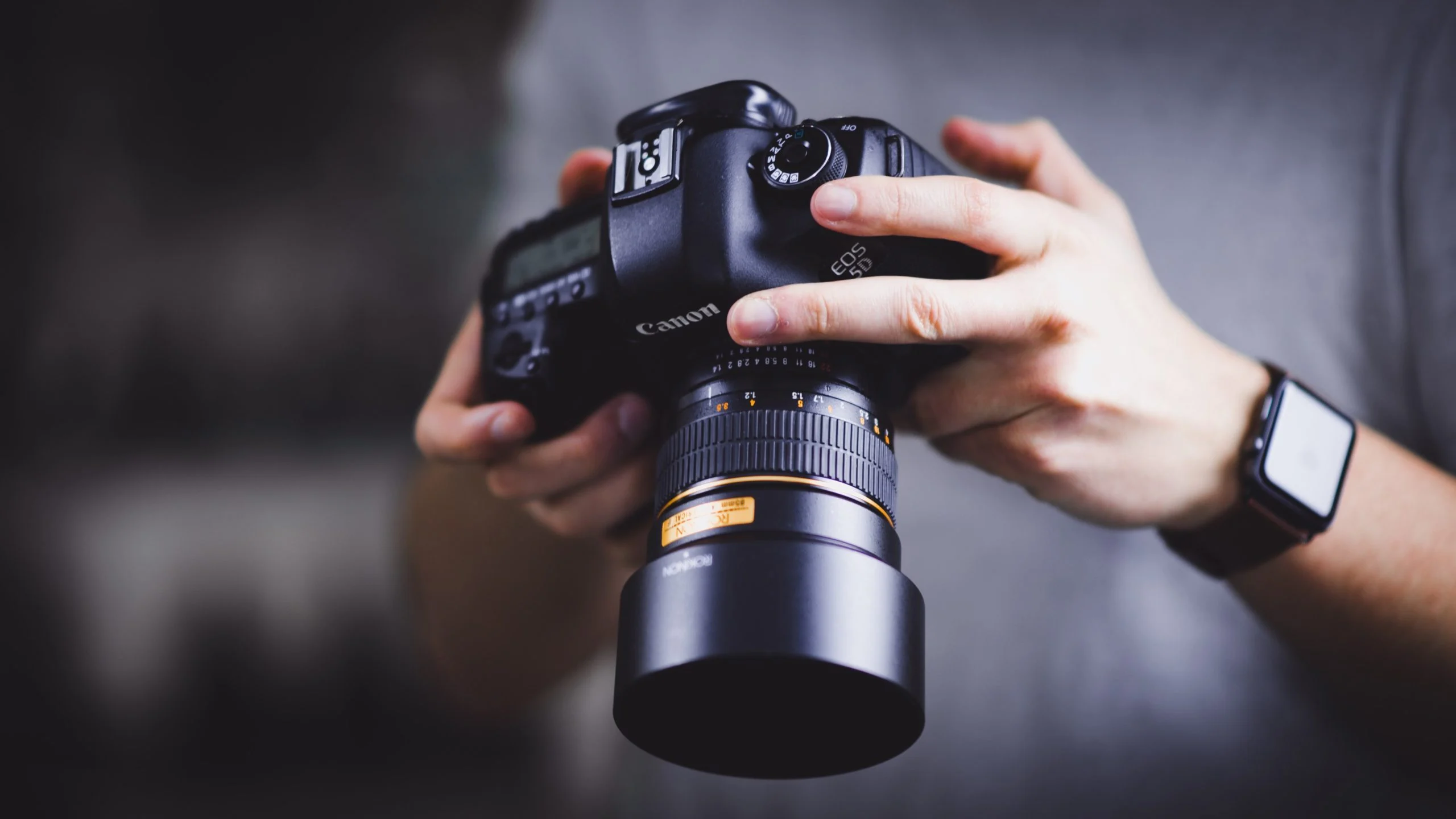Top digital photography tips
Whether you are a professional photographer or just a beginner you will always want to turn your photography to be the best. Digital photography can be a little tricky and a bit hard to get the best out of it. Here are a few of the top tips for digital photography.
The rule of thirds
If you want to get the best eye-catching eye image you can use the third image. If you want to get the best ‘’wow’’ click, the absolute stunner of the day, the secret composition will take its day.
When a photograph is composed using the rule of thirds the eyes will wander the frame. A picture composed using the rule of thirds is usually more pleasing to the eye. Some images will look best with the focal point in the center square, but placing the subject off-center at one of the intersecting points of the imaginary lines will often create a more aesthetically composed photograph.
Ignore camera shake
Camera shake or blur is something that can plague any photographer and here are some ways to avoid it.
First, you need to learn how to hold your camera correctly; use both hands, one around the body and one around the lens and hold the camera close to your body for support.
The rule of thumb is not to shoot at a shutter speed that is slower than your focal length to minimize this problem
The triangle exposure
You also need to understand the relationships between these three controls. When you adjust one of them, you would usually have to consider at least one of the others, to get the desired results.
To get your photos looking their best, you need to master the three basics: Aperture, Shutter Speed and ISO.
A polarizing filter
The recommended type of polarizer is circular because these allow your camera to use TTL (through the lens) metering such as auto exposure.
This filter helps reduce reflections from water as well as metal and glass; it improves the colors of the sky and foliage and will help give your photos the WOW factor. It will do all that while protecting your lens.
Simple backgrounds
The simple approach is usually the best in digital photography, and you have to decide what needs to be in the shot, while not including anything that is a distraction.
This is especially vital in a shot where the model is placed off-center.
Create a sense of depth
Placing an object or person in the foreground helps give a sense of scale and emphasizes how far away the distance is.
Use a wide-angle lens for a panoramic view and a small aperture of f/16 or smaller to keep the foreground and background sharp.
No flash indoors
Flash can look harsh and unnatural, especially for indoor portraits. Therefore, there are various ways you can take an image indoors without resorting to flash.
First, push the ISO up – usually, ISO 800 to 1600 will make a big difference for the shutter speed you can choose. Use the widest aperture possible – this way lighter will reach the sensor, and you will have a nice blurred background. Using a tripod or an I.S. (Image Stabilization) lens is also a great way to avoid blur.
Conclusion
People often end up disappointed that their shiny new toys aren’t producing that “wow” factor they were expecting.
You can take stunning photos that you’ll be proud of, even with a modest digital camera fitted with its standard zoom lens. But you need to have a solid understanding of the basics.

